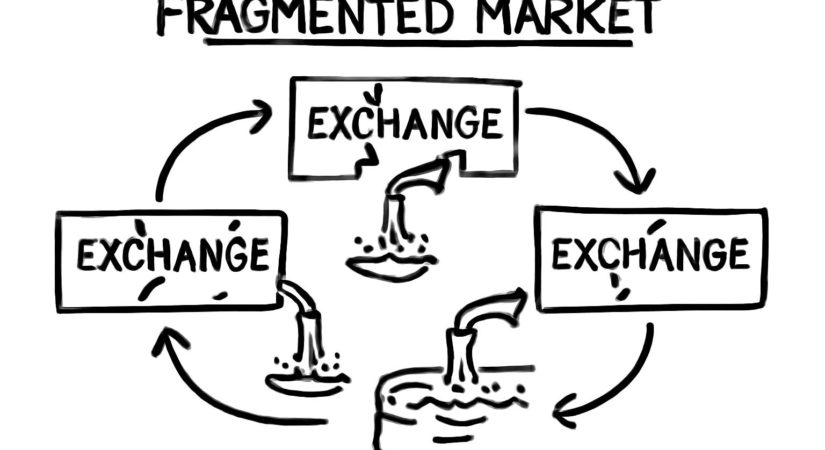Despite promising decentralization, cryptocurrency remains subject to market liquidity challenges similar to traditional finance. As crypto markets grow, they increasingly mirror the liquidity dynamics and risks found in established financial systems.
The global crypto market, valued at $2.49 trillion in 2024, is expected to reach $5.73 trillion by 2033, growing at nearly 10% annually. However, beneath this expansion lies a fragility tied to the illusion of liquidity.
Like the foreign exchange (FX) and bond markets, crypto exhibits phantom liquidity—order books that appear deep during calm periods but quickly evaporate amid volatility. The FX market, with $7.5 trillion in daily volume, faces similar issues, as some institutions now question the true depth of liquidity, especially during sell-offs.
Post-2008 regulations shifted liquidity risk from banks to asset managers, ETFs, and algorithmic traders. Passive funds, holding more illiquid assets within liquid wrappers, have contributed to structural mismatches. ETFs often trade more heavily than their underlying bonds in volatile markets, widening spreads and pressuring market makers.
This structural liquidity problem is increasingly evident in crypto. While onchain metrics and centralized exchange order books suggest healthy activity, these hide the fragile and fragmented nature of liquidity. Most tokens, particularly those outside the top 20 by market cap, face scattered liquidity across multiple exchanges, each with varying depths and inconsistent market-making support.
Market manipulation tactics like spoofing, wash trading, and volume inflation further distort perceived liquidity. Projects sometimes artificially enhance market depth to attract attention, but when volatility strikes, these efforts vanish, exposing retail traders to sudden price collapses.
Effective solutions require protocol-level integration that embeds crosschain bridging and routing directly into blockchain infrastructure. Some layer-1 protocols are adopting this approach to unify liquidity pools and reduce market fragmentation, facilitating smoother capital flows.
Technological advancements have also improved execution speeds to as low as 10-20 milliseconds, supported by cloud providers enabling near-instant trade processing. This enhanced infrastructure supports automated trading, which now accounts for 70% to 90% of stablecoin transactions—a critical market segment.
However, improved technology alone is insufficient without smart interoperability and unified liquidity routing at the protocol level. Without addressing liquidity fragmentation, rapid execution systems risk operating on unstable, divided foundations.
Arthur Azizov, Founder and Investor at B2 Ventures, highlights these issues, underscoring the need for foundational liquidity solutions in crypto markets to match their growth and complexity.
This article is for general information only and does not constitute legal or investment advice. Views expressed are those of the author and do not reflect the positions of Cointelegraph.
